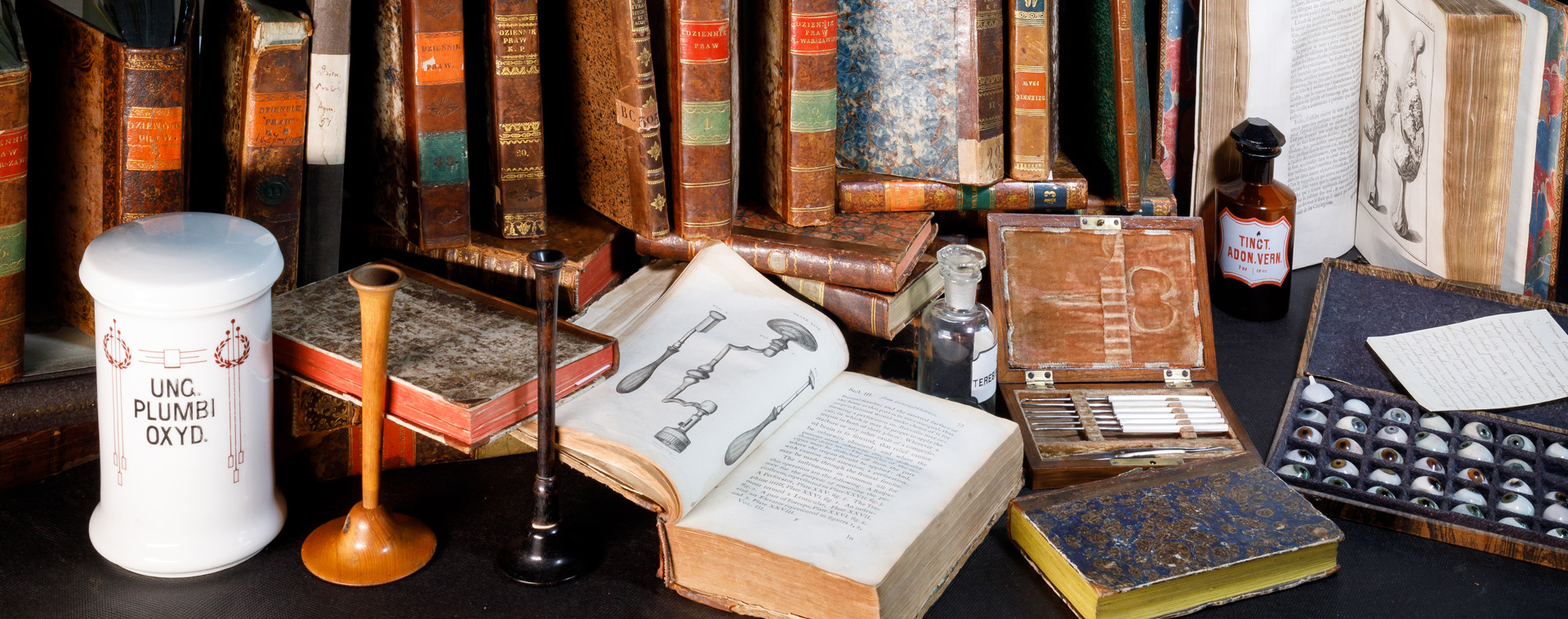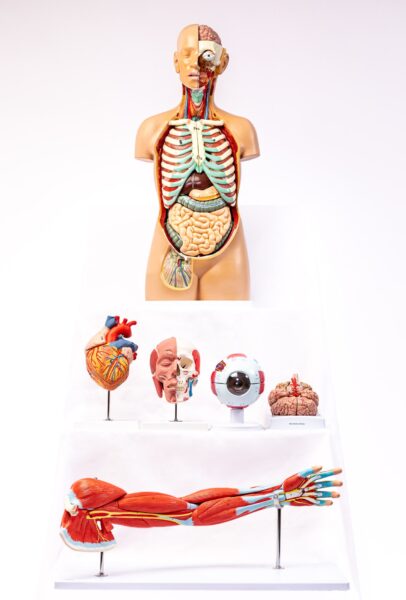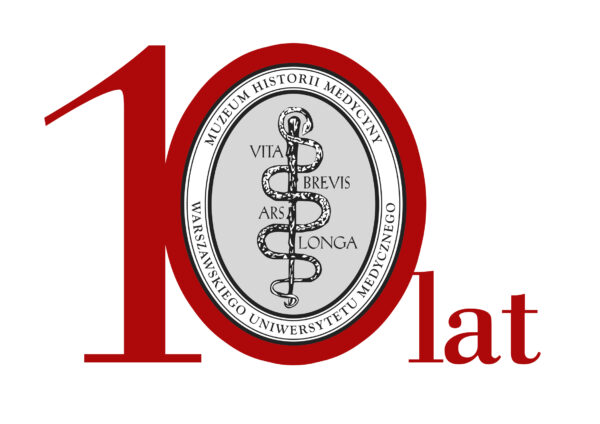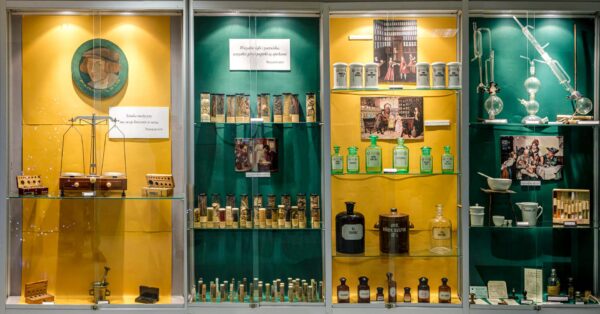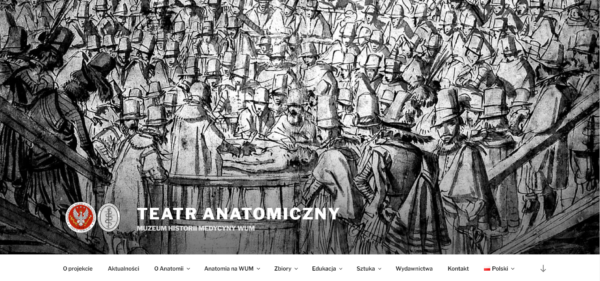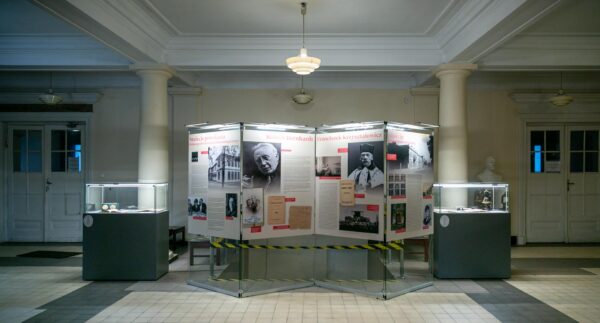As part of our project ” Uncover the secrets of the human body in an anatomical theatre of the 21st century” we have prepared an educational pack for you, thanks to which you will be able to train your brain and consolidate the knowledge about anatomy acquired through our lectures, workshops and website. Already printed educational brochures are safely stowed in our museum, waiting patiently for the university gates to be opened to the public. For now, we provide you with a digitalized version. We wish you a lot of fun!
The folder in pdf format is available for download HERE:
Prepared by: Diana Święcka
Graphics and typesetting: Piotr Berezowski
The project “Uncover the secrets of the human body in an anatomical theater of the 21st century” is co-financed by the “Social Responsibility of Science” programme of the Ministry of Science and Higher Education
